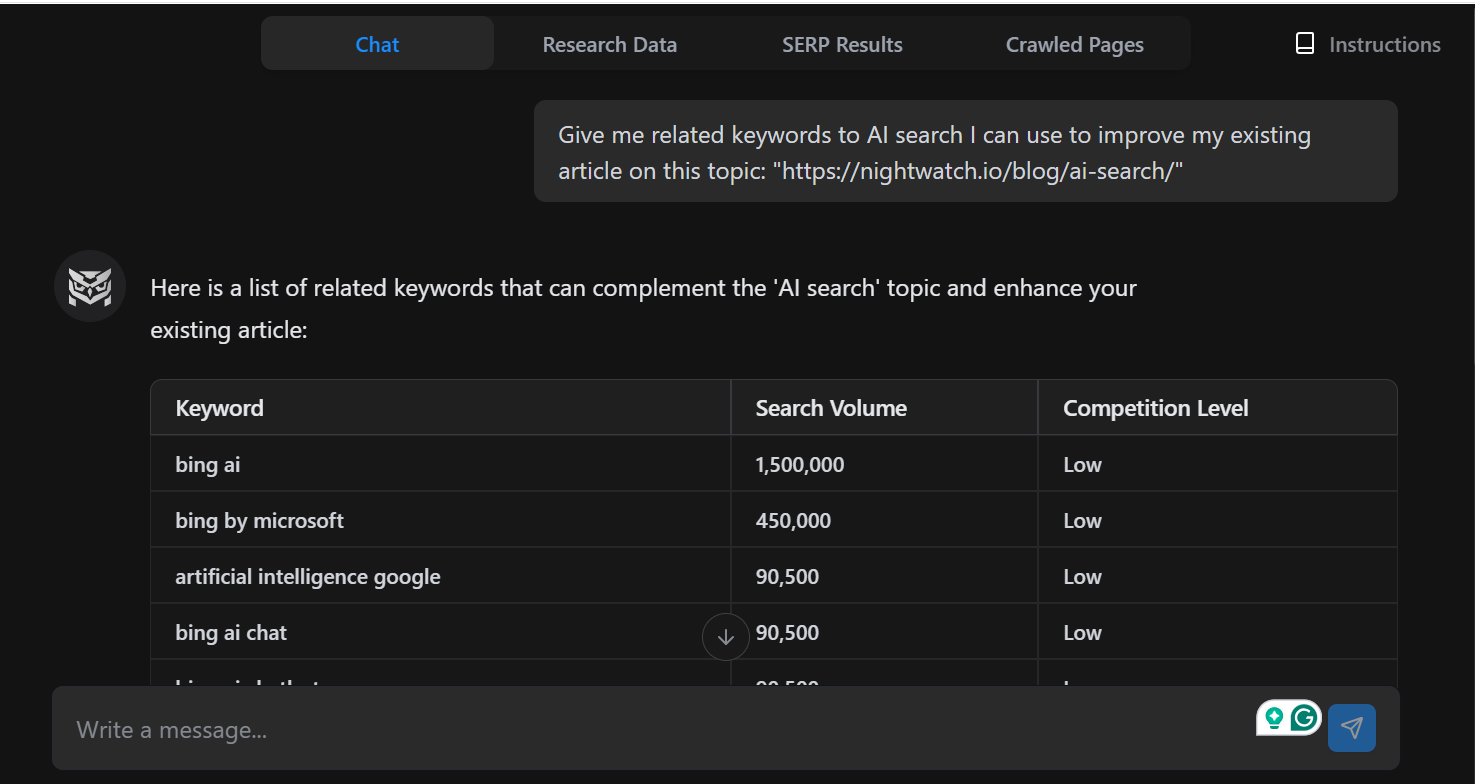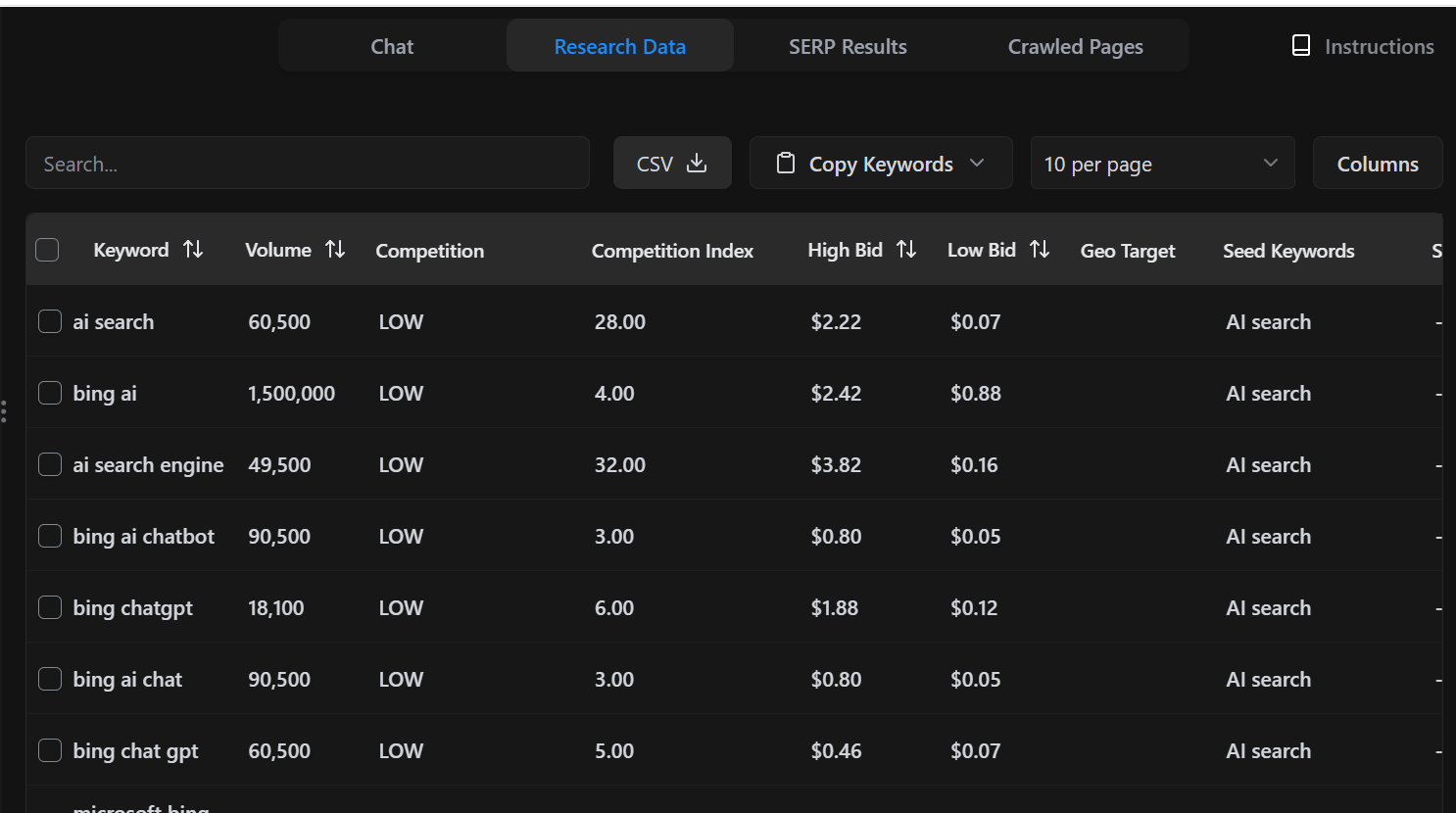Managing a blog isn’t about publishing random articles and hoping the algorithm gods blow some traffic in your direction.
It’s about identifying needs and satisfying those needs with your content.
You see, every Google search is a quest for answers.
Someone somewhere has excruciating back pain and wonders if they should visit a doctor, while someone else forgot all about their partner’s birthday and needs to put together a quick surprise party.
If your content doesn’t deliver the most standout solution to these challenges, it’ll likely flop.
That’s where content gap analysis comes in.
In this article, we’ll learn more about this strategy, why it’s so important, and how you can implement it to outrank your competitors and drive organic traffic to your site.
What is Content Gap Analysis Anyway?
Content gap analysis is the process of bridging the gap between what your audience needs and what your blog currently offers. It involves spotting loopholes in your content strategy and filling them with relevant content.
These loopholes or gaps come in different forms. They can be topics you missed or addressed inadequately in your existing strategy, but hold significant SEO potential.
Poor content quality is also considered a gap. Your articles may not be as detailed or comprehensive as other search results. They may lack sufficient examples, case studies, or visuals.
On the flip side, gaps can also be shortcomings in your competitors’ strategy.
Here’s an example:
Let’s say I run a hospitality blog and I’ve published an article on “how to choose the right restaurant for a date.” Stay with me.
I already discussed factors like location and budget, as well as the menu and customer reviews.
But when I conducted more research, I found that my target readers also wanted to learn about table spacing, privacy policies, romantic lighting, music, and outdoor seating—questions my article overlooked, but my competitors didn’t. As you guessed, this was tanking my visibility.
To fix this, I would revisit that blog post and add more sections targeting these newfound questions.
That right there is content gap analysis.
Why is Content Gap Analysis so Important?
As a marketer, you’re probably juggling several content strategies. There’s keyword grouping, topic clusters, and now this. If you’re still hesitant about adopting this technique, here are some benefits to convince you.
Improved SEO
One obvious advantage of conducting content gap analysis is improved SEO.
When you continuously identify gaps in your content and your competitors’ strategy, you’re more equipped to craft the most relevant, high-quality blog posts on that topic.
Such articles have a better chance of outranking your competitors and getting prioritized on SERPs.
Enhanced User Experience and Engagement
Why do you often spend hours scouring the internet, bouncing from page to page?
Well, you might not be satisfied with the answers you’re getting. Some of the search results might be too complex, outdated, or shallow.
Publishing content like this is a recipe for increased bounce rates, poor user experience, and a drop in rankings.
But with a gap analysis, you can identify lapses in your content that are ruining your readers’ experience and make adjustments.
Simply swapping a boring introduction for a more engaging one can make all the difference for your readers.
Revives and Strengthens Existing Content
One good thing about this strategy is that you don’t have to publish new content. Sometimes, your old blog posts just need a little makeover to perform better on SERPs and drive consistent traffic to your site.
With content gap analysis, you can easily identify such underperforming articles.
You might target additional keywords, answer more questions, break complex sentences into simpler ones, or delete an outdated statistic.
This helps you maximize all your content efforts without wasting resources on creating new ones.
Fueling Creative Content Ideas
Content gap analysis involves identifying unmet audience needs and satisfying those needs with helpful content. This is a goldmine if you’ve been struggling to generate new ideas.
Through gap analysis, you can easily find in-demand topics that interest your readers by analyzing your content strategy and those of your competitors for loopholes.
How to do a Content Gap Analysis
There are different types of gaps and, therefore, different ways of conducting a content gap analysis.
Some gaps are unanswered questions in previously published articles.
Others are topics you overlooked entirely. And sometimes, these gaps are buried in your competitors’ content.
Depending on which one you want to prioritize, here’s a step-by-step guide to get you started.
Identifying Gaps In Your Content
The first place to search is always in your stuff. These could be quality gaps, overlooked keywords, or topics missing from your strategy that interest your audience.
First, Perform a Thorough Content Audit
A content audit helps you curate and track your existing resources, making it easier to spot outdated articles, underperforming pages, thin content, and other lapses that need improvement.
In a spreadsheet, you can compile page URLs, their target keywords, and current rankings, and provide notes on the quality of these pieces.
To save time, you can use our crawling agent to extract and organize all this information quickly.
Analyze Existing Articles
Some gaps are articles on your blog that aren’t fully optimized to rank well on SERPs. You’ll simply have to refresh these existing pieces and not create new ones.
So, put yourself in your readers’ shoes and re-examine your content.
Have you truly addressed the topic in the best possible way, or are there changes you can make to enhance its impact?
These blog posts may be lacking in
- Certain relevant keywords
- Readability
- Comprehensiveness
- Content depth and thoroughness
- The latest stats on the topic
- Multimedia
- Case studies, examples, and more
To find these gaps, you can use Nightwatch’s Rank Tracker to monitor your rankings over time and spot underperforming pages, while our SEO agent can help you pinpoint what needs improvement.

For example, I recently wrote an article on AI search.
If I were conducting a content gap analysis for this article, I would use the SEO agent to find keywords I missed in my original research.

This instantly provided me with relevant search queries, with their estimated volume and difficulty.

I could target these to improve this article’s rankings on SERPs.
This is something you can try as well.
Search for Topic Gaps in Your Strategy
Content gaps can also be topics your audience is interested in, but that you’re missing on your blog.
One of the easiest ways to avoid this is to publish content for every stage of the buyer’s journey.
Here’s a quick refresher on what this means:
The buyer’s journey is the process a potential customer goes through before purchasing from your brand.
There are essentially three stages of this journey—the awareness, consideration, and decision stages—and each represents a need within your target audience.
-
At the awareness stage, your prospects have a problem or question and want to know more about it and how to solve it.
Here, we have questions like “What is dandruff?” “Why is my hair breaking off?” and “What is length retention?” if you happen to write content in that industry.
-
In the consideration stage, your readers have enough information on their challenges and are actively searching for products and services to tackle them.
This is the best place to insert comparison guides, case studies, and listicles like “the top length retention shampoos of 2025.”
-
Finally, at the decision stage, the buyer evaluates all the available options and is ready to buy.
As a marketer, you are responsible for making this transition smooth by answering every question your audience might have at each step. Don’t make the mistake of focusing more on one stage and neglecting the others.
If your niche is project management, you might have tons of awareness-stage content like “What is project management and why does it matter?” yet lack essential content at the consideration stage, where your audience needs product guides like “Top Project Management Tools to Improve Efficiency in 2025.”
That’s a gap in your strategy you should fill.
If identifying this manually is difficult, you can use our SEO agent to crawl your blog and discover such gaps.
Analyzing Competitor Content
In SEO and content strategy, minding your business is not a virtue.
Sometimes, you have to stick your nose in your neighbor’s business and uncover their strengths and weaknesses.
Analyzing your competitors’ content can help you identify topics you missed and shortcomings in their content you can fill with yours.
This is a great way to create exceptional content that outranks the competition.
There are several ways to get this done.
-
First, identify your competitors. These brands pop up when you search for a relevant keyword in your niche or during customer service calls.
-
Once that’s settled, find the keywords they currently rank for or rank above you in the SERPs, and look for loopholes in those articles you can fill.
These loopholes can be as little as outdated information, readability issues, the absence of multimedia, or questions left unanswered.
-
Next, plug single articles or their entire sites into our SEO agent and ask it to identify gaps. The agent will quickly pinpoint areas where your competitors have failed and suggest content ideas to address these gaps.
There’s no easier way to cinch the first spot on Google if you ask me.
Monitor Industry Trends
New topics and changes emerge in your niche daily, and your target audience is desperate to stay informed.
The good news is that these breakout topics might have little to no SERP coverage, meaning high search volume yet low competition.
-
With tools like Trends or our Rank Tracker, you can easily track keywords related to your niche and discover buzzing terms that people are currently searching for.
-
Another technique is to actively follow top influencers in your industry on platforms like X (formerly Twitter), Facebook, and LinkedIn to keep up with news and events.
-
It doesn’t matter whether your industry is healthcare, education, real estate, SaaS, or AI. There are hundreds of influencers that you can resonate with.
In SaaS, for instance, you can subscribe to creators Jason M. Lemkin and Noah Kagan, and in the AI space, Allie K. Miller and Matt Shumer come to mind.
Platforms like Reddit, where niche communities thrive, can equally be a rich source of trending information.
Best Practices for Content Gap Analysis
To make your content strategy work harder (and smarter), it’s not enough to just spot gaps. You need a system. These best practices will help you stay organized, focus on what actually moves the needle, and stay one step ahead of the competitors.
-
Regular audits: Content is constantly evolving. Keywords lose popularity, some gain more, and consumer behavior shifts. That’s why scheduling regular audits every 6 to 12 months is essential.
Ignoring this could mean losing track of the state of your existing content and not realizing when an article needs to be updated or refined to maintain its ranking on SERPs.
-
Prioritize Keywords that Impact SEO: Instead of investing countless hours on content with zero SEO benefits, focus your resources on gaps that directly impact your rankings and traffic.
Take note of the search volume and difficulty of keywords you discover in your analysis. If you find a fascinating gap in your blog, yet the competition is feisty, you may waste resources targeting it. -
Analyze Competitors Continuously: While assessing your strategy’s gaps, ensure you’re also spying on your competitors’ content. Are they ranking for keywords that you’re not? Are there essential topics they forgot to cover? Are they ignoring the latest data on that topic?
You can easily fill these glaring loopholes to steal their rankings and traffic.
-
Consistently Monitor Industry Trends: Don’t wait until you need fresh content ideas to track trends. By spotting changes early, you can have a competitive edge and create content around that topic before others do.
This allows you to create relevant, timely content that can drive more traffic to your site.
So, head on to X, Facebook, and LinkedIn right now and follow the top creators in your niche. Subscribe to their newsletters and YouTube channels to stay on top of significant changes or updates in your industry.
You can track relevant keywords using Nightwatch and stay informed when breakout queries emerge.
Content Gap Analysis is the Way to Go!
I’d say the most beautiful thing about content gap analysis is that it’s so practical. It’s all about identifying needs that your content isn’t satisfying and then rectifying them with high-quality articles.
Using tools like our SEO agent can simplify the process. Simply prompt the AI, and it’ll curate all the gaps in the given article or site. If writer’s block ever takes a toll on you, or you don’t know how best to satisfy your readers, give this strategy a try.
There’ll definitely be a nice gust of rankings and traffic blowing in your direction.
